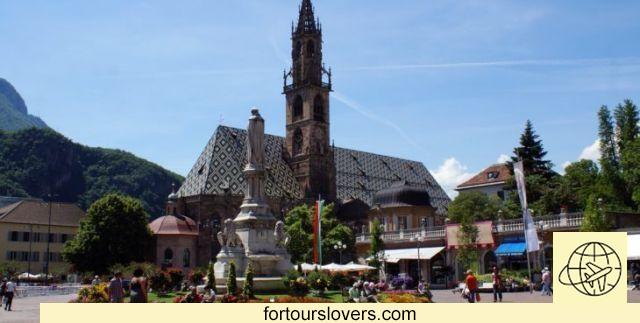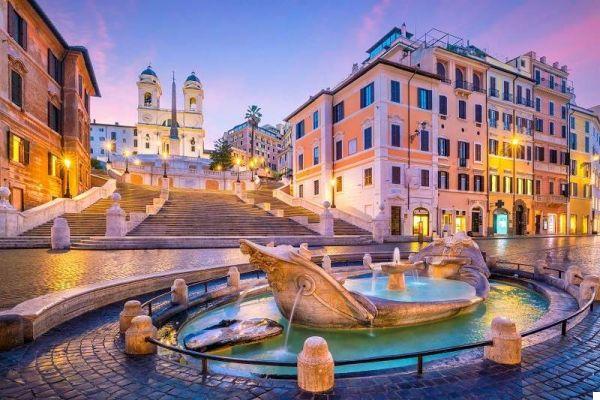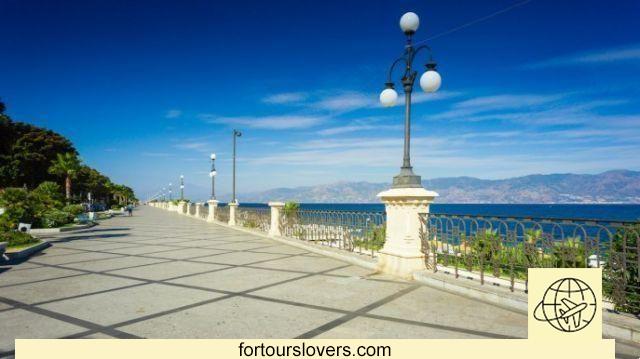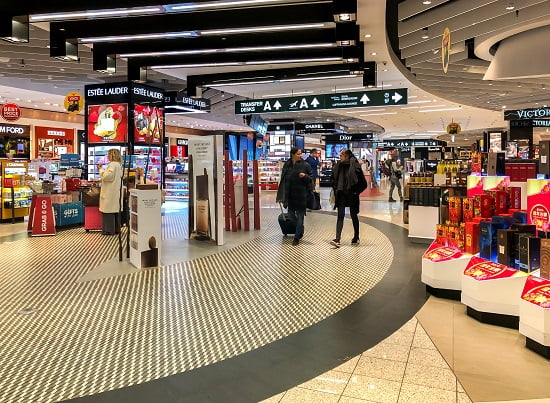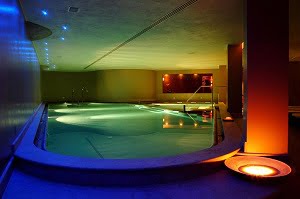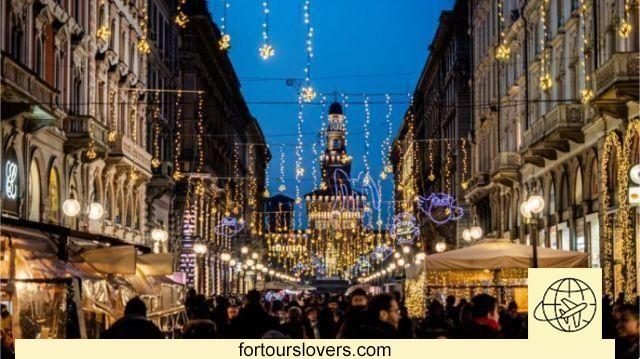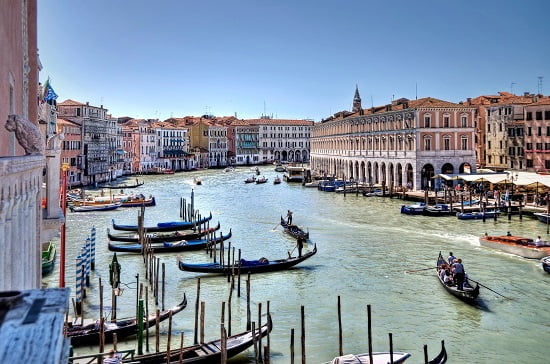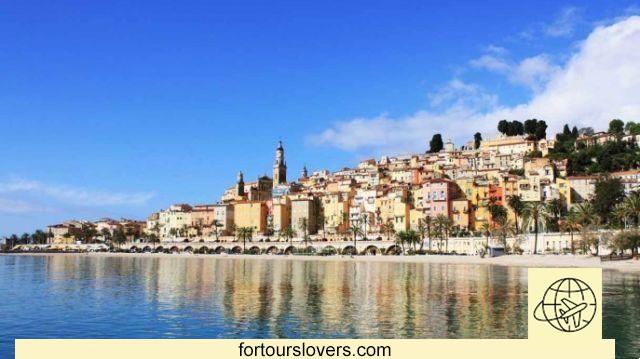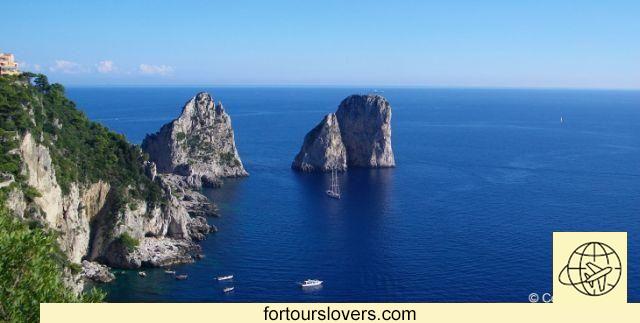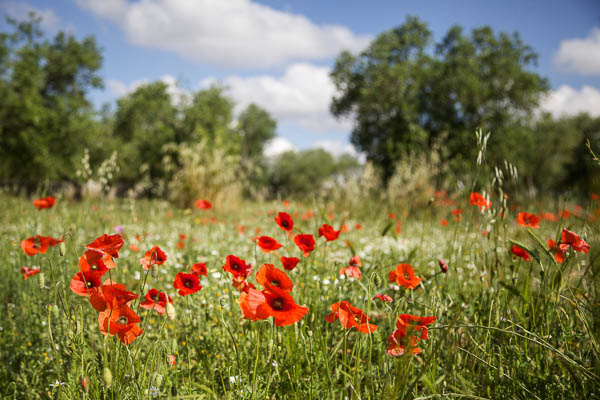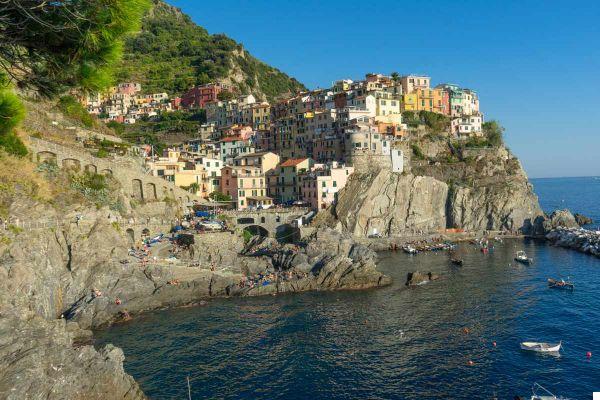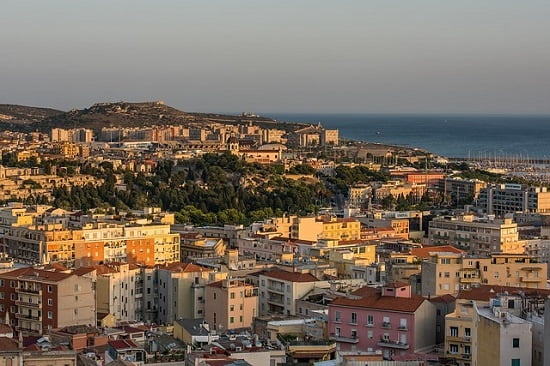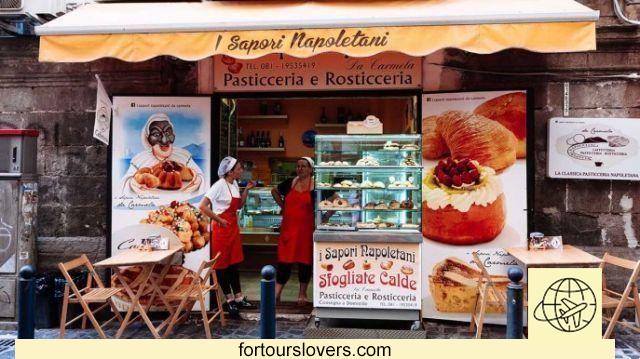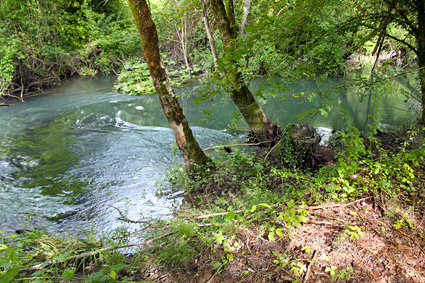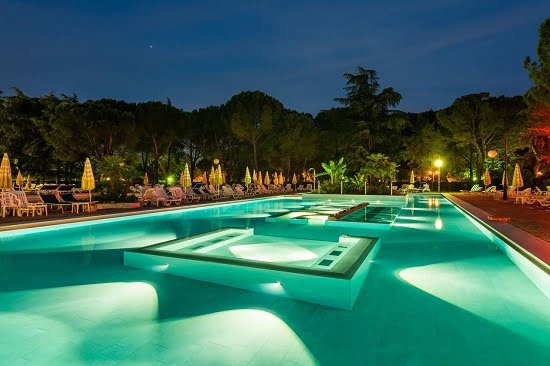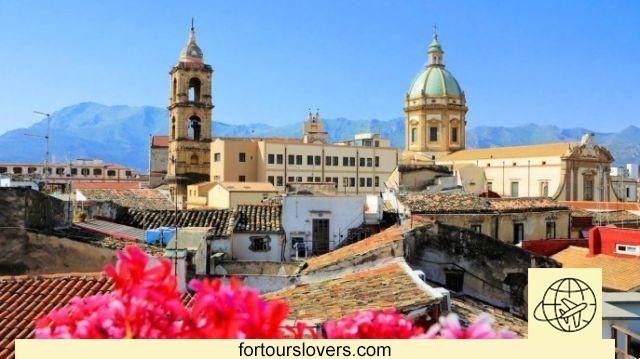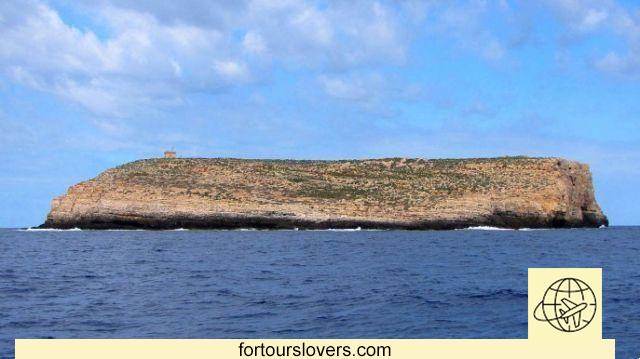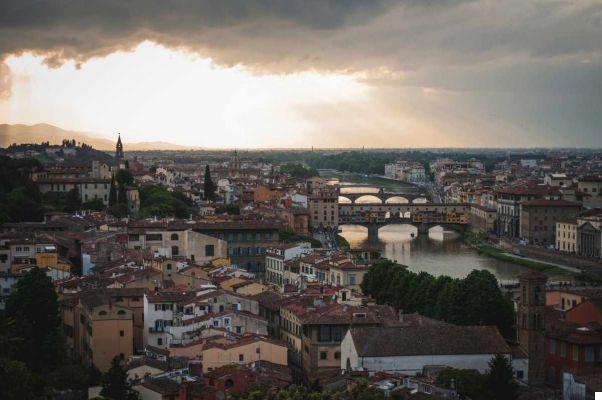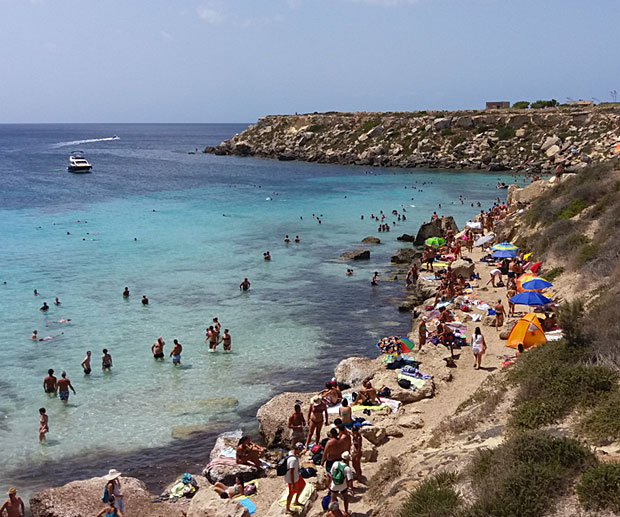Located about 10 km from the Euganean Hills and about 20 km from the Venice Lagoon, Padua is a charming and enchanting town in the Veneto, known for its beauty, the charm of its architecture, its magnificent canals and bridges, as well as its vibrant local culture. If you are wondering what to do and see in Padua, here is our list of the main attractions:
What to see in Padua
Padua is an interesting tourist destination both for what the city offers and for the central position, which allows you to easily reach other tourist destinations.
The city is famous for hosting one of the most loved and beautiful churches in all of Italy and for its University, founded in 1222, the second oldest in Italy (the first is that of Bologna).
In addition, medieval alleys, huge monumental squares, portentous civil and religious buildings, and an unparalleled patrimony of frescoes by high-level artists, which give Padua the title "City of the fresco".
Basilica of Sant'Antonio of Padua
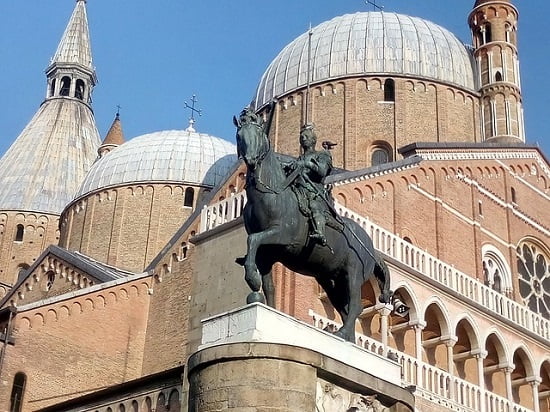
Located in the heart of the historic center, this domed basilica is the most sumptuous and emblematic building to see in Padua. It was built between 1232 and 1300 to house the sacred relics of the priest Sant'Antonio di Padova, who lived and died in Padua.
The Basilica is composed of a myriad of different architectural styles. Therefore, its exterior features a Romanesque facade, eight Byzantine domes and Gothic bell towers. The whole constitutes a sumptuous and impressive whole.
Inside, many works of art, including the chapel of the Saint, which houses the Ark of Sant'Antonio, as well as magnificent bas-reliefs. In the choir, the high altar is decorated with bronzes by Donatello, author of the admirable equestrian statue of Gattamelata erected on the square. The entrance to the basilica is free.
Monument to Gattamelata
Right in front of the Basilica is this famous sculpture. It is one of the most important statues of the Renaissance and one of Donatello's great masterpieces.
It is built in honor of Erasmo di Narni, also known as Gattamelata, strategist and military captain of the Republic of Venice to which Padua belonged at the time - XNUMXth century.
Piazza dei Signori
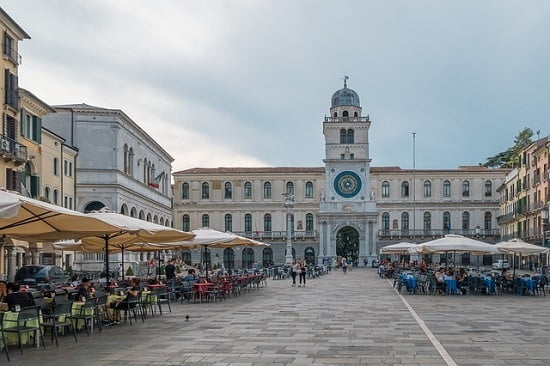
Piazza dei Signori was created in the fourteenth century and is one of the main squares of historic Padua. Here stands the Clock tower, with its famous astronomical clock, a project by Jacopo Dondi of 1344 and which is the oldest in the world with these characteristics. On the other side of the square is the Church of San Clemente - a beautiful little church.
Around the square there are many restaurants, shops and cafes, where you can relax and shop. The square hosts numerous events and markets, allowing you to discover local life and authentic Venetian culture.
Padua Cathedral and its Baptistery
The Cathedral Basilica of Santa Maria Assunta or the Duomo of Padua is the main church of the city. Has a sublime intern, a must see! Inside the Duomo, the white walls contrast sharply with the blue and red marble motifs on the floor. The numerous arches and columns reinforce the beauty of the place.
Another place to see in Padua is the Baptistery of the Duomo, adjacent to the cathedral. It dates back to the 1376th century and is home to admirable frescoes that summarize all the Holy Scriptures, made around 1378-XNUMX by Giusto de Menabuoi, one of the greats of the time.
Prato della Valle, the largest square in Italy
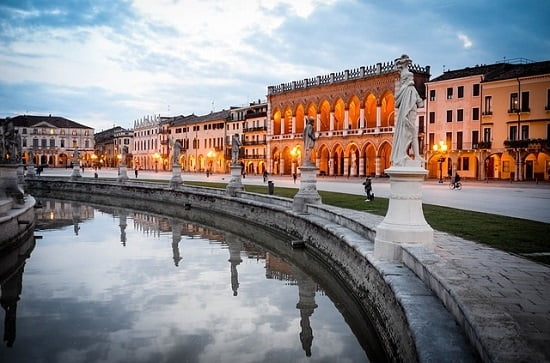
Prato Della Valle is the largest square in all of Italy and all of Europe. It is an elliptical square that measures more than 90.000 square meters. To understand, it is almost twice the size of St. Peter's Square in the Vatican. This place is popular with both tourists and locals, who appreciate its design and large space in the city.
There is a circular canal in the square, surrounded by dozens of statues of famous people: philosophers, writers, scholars and doctors. At night, the imposing statues are reflected on the water of the canal creating a magnificent scene! Without a doubt, this square is one of the essential things to see in Padua.
Arena Gardens
In the northern part of the historic center of Padua is the Arena park, a pleasant garden where you can relax and explore new monuments.
Around the park are located the Capella degli scrovegni and Civic Museums, which we recommend to visit. Take the opportunity to stroll and rest in the shade of the trees: a good way to take a break before resuming your visits!
Scrovegni Chapel
Located in the pleasant Arena Park, the Scrovegni Chapel is a monumental church known for its sublime interior frescoes. This chapel is one of the oldest and best preserved buildings in Padua.
Its construction dates back to the 14th century and its interior houses a real treasure, Giotto's frescoes depicting stories from the Bible. More than the meaning of the scenes, its execution is the real masterpiece: the shadows, the lights, the colors, the plasticity of the shapes and the almost three-dimensional effects are fantastic. Visiting Padua and losing this job is inconceivable.
The visit lasts about 30-40 minutes, the entrance costs € 13 and is important to book in advance, given that for reasons of conservation of the frescoes, only small groups of people are allowed at set times.
Civic Museums
Near the Giardini dell'Arena park, housed in the cloisters of the former convent of the Eremitani friars, you will find this museum and the historic buildings that compose it.
The museum includes an archaeological section, a numismatic collection and a collection of Italian (mainly Venetian) and Flemish paintings from the 14th to the 18th century: Giotto, Guariento, Giovanni Bellini, Tiepolo and Tintoretto are the main artists represented.
Canals and rivers of Padua
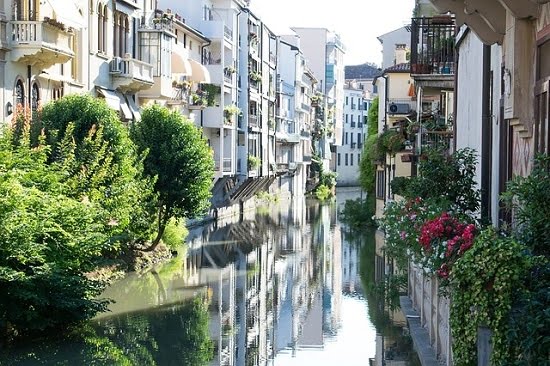
Padua has many canals and rivers which were very important during the Middle Ages due to their evident commercial function and because they connected it to Venezia.
Walking along the canals is an essential thing to do in Padua, as it is a good way to discover the city and its charm.
From Via Goito, follow the path along the river until Museum of the Astronomical Observatory. From there you can continue along the Riviera Tiso da Camposampiero to the city center or head north to the Giardini dell'Arena.
Your walk will allow you to see magnificent old buildings, as well as the natural landscapes created by the river: a wonderful way to visit Padua in a different light.
Cittadella, a medieval jewel of the Veneto
If you are visiting Padua, not far away is the "walled city" of Cittadella. In the past he played the role of small military outpost in the city of Padua to protect itself from attacks from the north from the neighboring Vicenza and Treviso.
Do not miss the Walkway of Ronda, unique in Europe. It is a one and a half kilometer long path that allows you to admire the city from above, walking safely at a height of 15 meters along the walls that in the past served to defend the city.
The ramparts surrounding Cittadella take the shape of an irregular ellipse and are of true historical interest, not only for studies on the architecture of castles but also for those on urban planning. A place to do absolutely in the surroundings of Padua.
Piazza delle Erbe and Piazza della Frutta
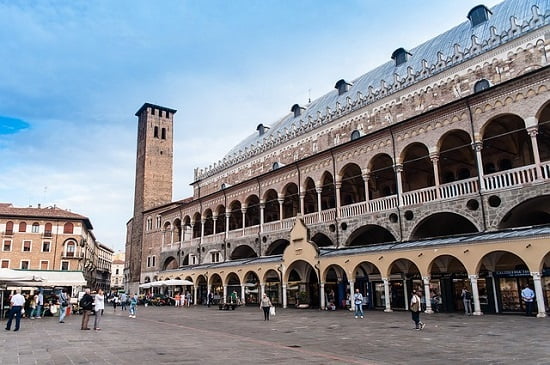
If there is something that you absolutely must see in Padua it is the beautiful one Piazza delle Erbe. It is a meeting place for locals, in part, for its famous market where you can find fruit and vegetables in particular. In addition there are also several terraces where you can enjoy a good aperitif while appreciating the beauty of the buildings.
And right next to it, there is another historic square in Padua, Fruit Square dominated by the historian Palazzo della Ragione. It is surrounded by shops, bars and restaurants and hosts a daily street market. The Christmas market is also held here during the holidays.
Palazzo della Ragione
There is exactly one building that separates the two squares: the imposing one Palazzo della Ragione. This building was built in the Middle Ages and was used until the Renaissance as a public building to hold court hearings. It is very curious to see how it merges with the market.
You have to climb to the top of its stairs to enjoy a beautiful view of the Piazza delle Erbe from above. The Palazzo della Ragione hides inside wonderful rooms that you can visit. Do not miss theamazing main salon, decorated with frescoes from the 15th century.
University of Padua
The University of Padua is one of the oldest in Europe and the second in Italy. It was founded in 1222 and since the end of the 15th century it has been based in the Palazzo del Bo.
Among the characters who studied here we remember Copernicus and Galilei. The University of Padua was also the first university to confer the title on a woman, Elena Lucrezia Cornaro Piscopia. In the Palazzo del Bo there is also a statue of him.
The halls of the Palace are decorated with frescoes and mosaics and were used for academic lessons. It can only be accessed with guided tours and the tour covers the 16th-century inner courtyard; there Room of the Forty, which houses the chair of Galileo Galilei; the immense and prestigious Aula Magna Galileo Galilei, where the scientist taught; the Anatomical Theater, one of the most prestigious in the world where, until 1872, anatomy lessons were held through the dissection of cadavers.
Book this tour of Padua and Galilei's Anatomical Theater
Botanical Garden
Padua hosts the oldest botanical garden in the world. Declared a World Heritage Site, it dates back to 1545 and is home to over 6.000 types of plants.
It was born because Luigi Squalermo, an Italian botanist, introduced 2000 species with the aim of facilitating the knowledge of medicinal plants for students of the University of Padua. It is located in the historic center of the city and admission is € 10.
Other places to see in Padua
Next to the Scrovegni chapel is the church of the Eremitani. A Gothic church with a magnificent wooden ceiling, monumental tombs, frescoes by Giusto de 'Menabuoi or Mantegna.
In front of the Prato della Valle, however, it is located the abbey of Santa Giustina, with its eight large domes, built in the 17th century. While not the most important church in the city, it is one of the largest in Christendom.
You can also visit the eighteenth-century religious building of the church of Santa Lucia, near Piazza della Frutta. It is one of the oldest churches in the city and has several important works including San Luca by Giambattista Tiepolo.
Il historic center of Padua it is especially beautiful at night when the beautiful buildings are illuminated by twilight. We advise you to stroll along via San Francesco or via Zabarella, two splendid streets where the medieval and Renaissance spirit of the city is still present.
Also visit Ghetto of Padua, consisting of five narrow streets south of the historic center, with Jewish plaques to remember the victims of the holocaust and a beautiful Jewish synagogue.
Discover all the tours, excursions and activities to do in PaduaThe best attractions of Padua: map
How to get to Padua?
The Padua “Gino Allegri” airport is located about 3 km southwest of the city center, but this airport does not host any regular scheduled flights.
To arrive by plane you have to reach the airports of the nearby cities. The nearest airport is that of Venezia. From here we advise you to use the train: from Santa Lucia station, trains leave every hour. Tickets cost between € 4,10 and € 15.
Another possibility is to reach the airport of Bologna. There are also airports in Verona e Treviso, smaller but with several low cost flights from all over Italy.
Getting to Padua by train it is very simple from any of these cities: Venice, Bologna, Verona… The Padua railway station it is located in Piazzale Stazione 1, quite close to the Scrovegni chapel.
Find and book your train to Padua here
Another option to reach Padua is by car or with a private transfer from Venice. Padua is connected to the rest of the territory by various highways: Venice - Milan (A4), Bologna - Padua (A13).
Where to stay in Padua?
Padua is a small city and it is easy to get around without public transport. Staying in the historic center of the city is more comfortable and pleasant, but it is not necessary to visit Padua. To find a budget hotel you should move slightly from the city center.
Find a hotel in Padua





